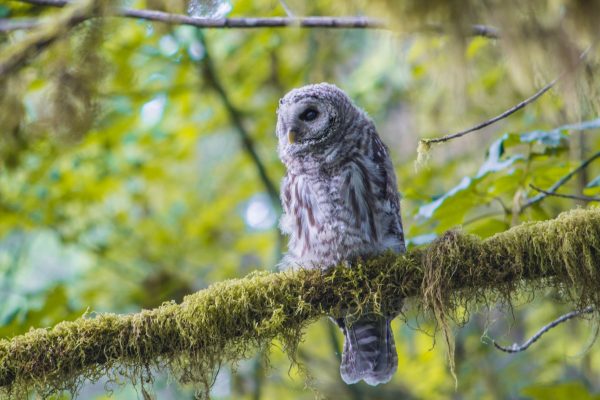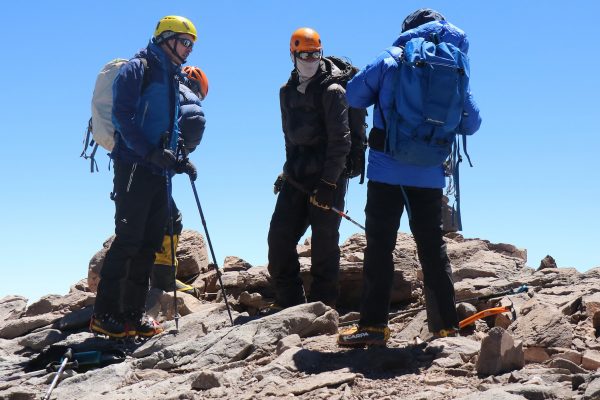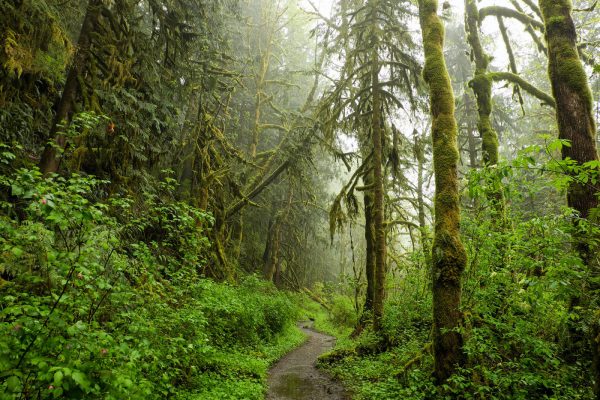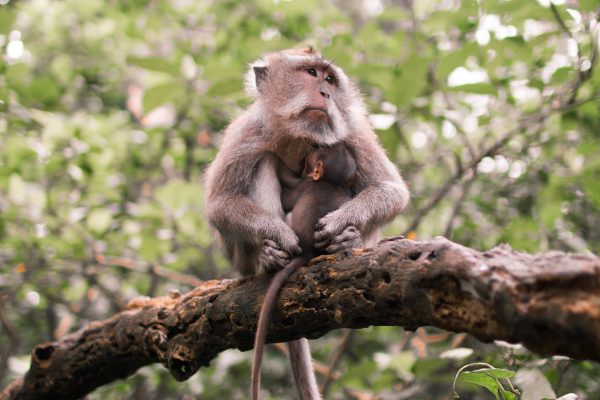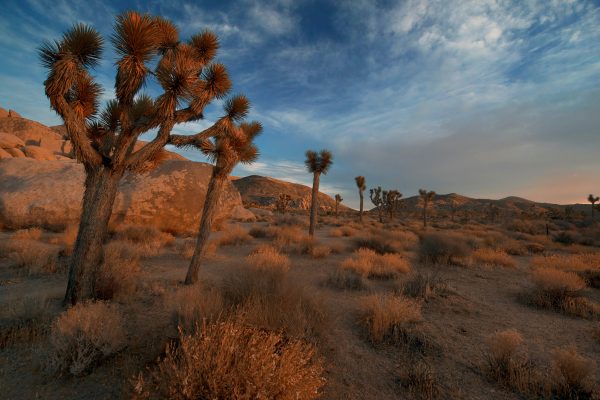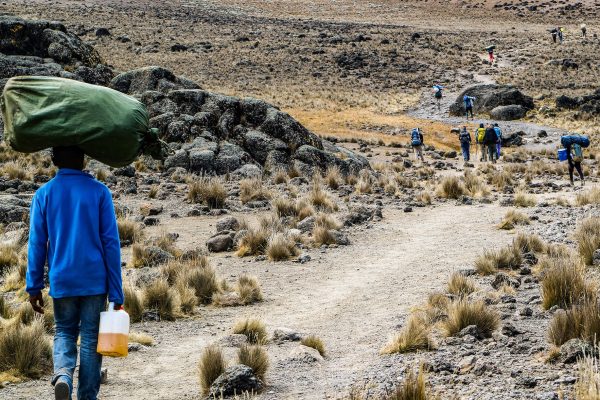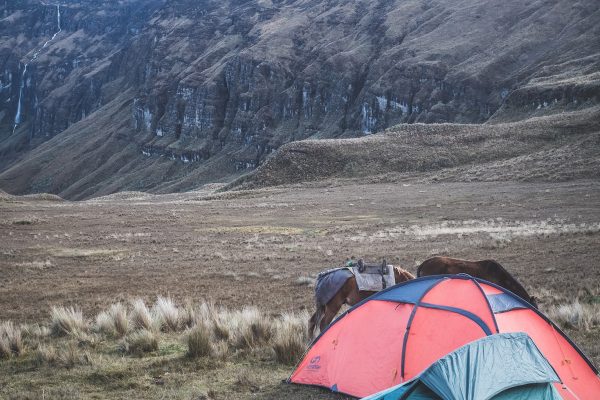Overview
If you have flown to Tanzania or outside Tanzania through Kilimanjaro airport then you have definitely caught a glimpse of the magnificence that dwells on the highest point of Africa. Have you ever imagined snow in Africa? I know you haven’t, especially on a place which is only 205 miles away from the equator, where there is a high amount of solar radiation, where the weather is either warm or wet and warm or dry. This is like finding diamonds in a copper mine. Scientists can confuse you when you are searching for explanations on the exquisiteness found on this astonishing and bizarre geographical formation.
When you climb Mount Kilimanjaro you have gone around the world in less than a week on foot. “Almost every kind of ecological system is found on the mountain: cultivated land, rain forest, heath, moorland, alpine desert and an arctic summit.” (Marsea, 2010 as cited in WWF, 2010). Envisage a journey from the equator to Antarctica in less than eight hours; this is how it feels when hiking Mount Kilimanjaro. The rain forest awards you an Amazon forest feeling, the Alpine desert takes you to a rocky and cold version of the Saharan desert. What more do hikers yearn for than their minds to be blown and their hearts to be soothed!! This place gives you all the reasons to be happy and it is a reminder that mother earth is abundantly blessed.
On this mountain the winds’ whistles are musical, the sunsets are stunning and the sunrises are literally breathtaking. Surreal is that feeling that you get when you are on the very roof of the home to mankind. The mountain is extraordinarily extraordinary and speaking from the power of attraction point of view, being surrounded by nothing ordinary reminds you that you are as extraordinary as what surrounds you. The people and the culture you will be acquainted bear the truest form of embracement. These people won’t only guide you through the trails and carry your luggage; they will as well lift your spirits and take you to the highest point of happiness.
Climate:
Due to its proximity to the equator, Mount Kilimanjaro does not experience wide temperature changes from season to season. Instead, the temperatures on Mount Kilimanjaro are determined more so by the altitude and time of day. At the beginning of the climb, at the base of the mountain, the average temperature is around 21oC to 27oC. From there, the temperatures will decrease as you move through Mount Kilimanjaro’s ecological zones.
At the summit, Uhuru Point, the night time temperatures can range between -7oC to -29oC. Due to Mount Kilimanjaro’s great height, the mountain creates its own weather. It is extremely variable and impossible to predict. Therefore, regardless of when you climb, you should always be prepared for wet days and cold nights.

